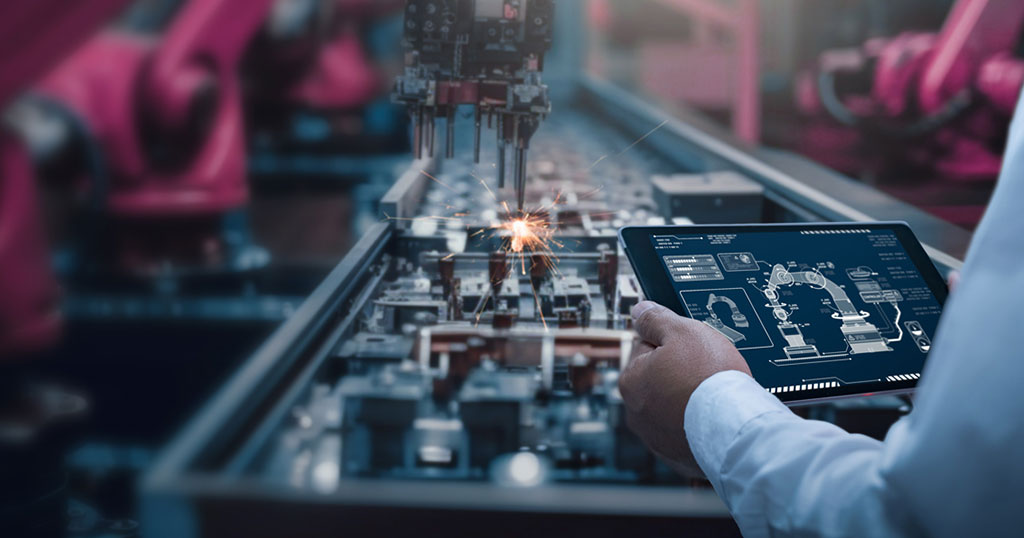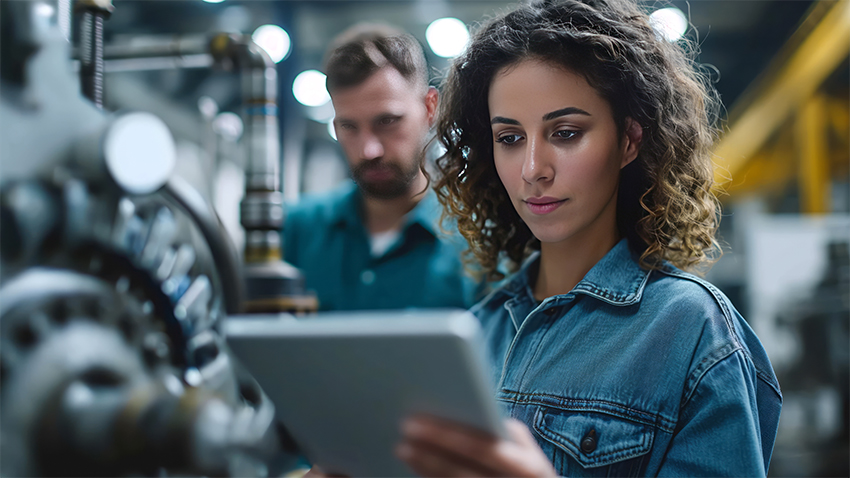On January 5, 2023, the Corporate Sustainability Reporting Directive (CSRD) came into effect – but what exactly does that mean? The European Parliament adopted this regulation as a significant step within the European Green Deal framework of 2019. The ambitious goal: a carbon-neutral EU by 2050 – and thus the first carbon-neutral continent in the world.
CSRD and ESRS: challenges in reporting
The classification is based on environmental, social, and governance (ESG) criteria according to the EU taxonomy. Each of these three areas encompasses different guidelines and regulations. The CSRD specifically addresses environmental aspects and obliges companies across industries to act more sustainably. The European Sustainability Reporting Standards (ESRS) further specify how these obligations should be reported.
The challenge lies in recording and calculating the required environmental data, such as pollutant emissions, in accordance with ESRS KPIs. The question is: How can this data be collected efficiently and accurately?
Efficient data collection for sustainability
Environmental databases can support sustainability reporting, for example, the database for process-oriented basic data for environmental management instruments (ProBas) provided by the German Environment Agency (Umweltbundesamt, UBA).
The digital twin plays a crucial role as a useful helper. As a digital replica of products, machines, or components, it offers a comprehensive solution to the challenges of data collection in the context of the CSRD. By fully digitalizing the product passport, relevant data can be compiled throughout the entire product lifecycle. This enables both efficient data collection and transparent data sharing along the entire value chain.
From individual parts to the overall picture
The digital twin allows to consolidate information from environmental databases, ERP, MES, and material data management systems. Based on this data, the environmental impact of each component can be assessed with the Life Cycle Assessment (LCA) method. Taking a bicycle as an example, this includes the handlebar, fork, frame, saddle, pedals, and the two wheels with tires. The LCA metrics can be recorded for single components and the entire product. These individual parameters can be used to determine the carbon footprint across the entire value chain of the bike.
This data also forms the basis for the bike’s digital product passport. By fully digitalizing the product passport, the calculated environmental data can be easily shared, for example, with retailers or consumers.
Green digital twin for the aerospace industry
In the industrial sector, the aerospace industry is particularly affected by the CSRD. As part of the PredictECO research project, CONTACT Software is working with partners from science and industry on a green digital product twin that meets the new requirements. This includes the obligation to provide evidence in the form of a digital Lifecycle Data Sheet (LDS), which documents the materials and processes used down to the smallest detail. The goal is to create a comprehensive digital twin that contains all the necessary manufacturing information for sustainable production according to the requirements from the LDS and can provide them in a standardized digital form.
Outlook
The digital twin already proves to be a field-tested solution to meet the CSRD requirements of the CSRD. Collecting environmental data throughout the entire product lifecycle not only enables efficient reporting but also contributes to creating sustainable value chains. Take advantage of the opportunities the green digital twin offers to elevate sustainability in your company to a new level.
For more information on the green digital twin, read this article on the CONTACT Research Blog.



